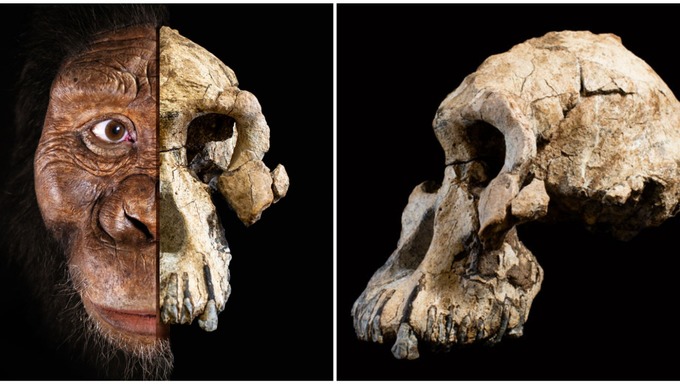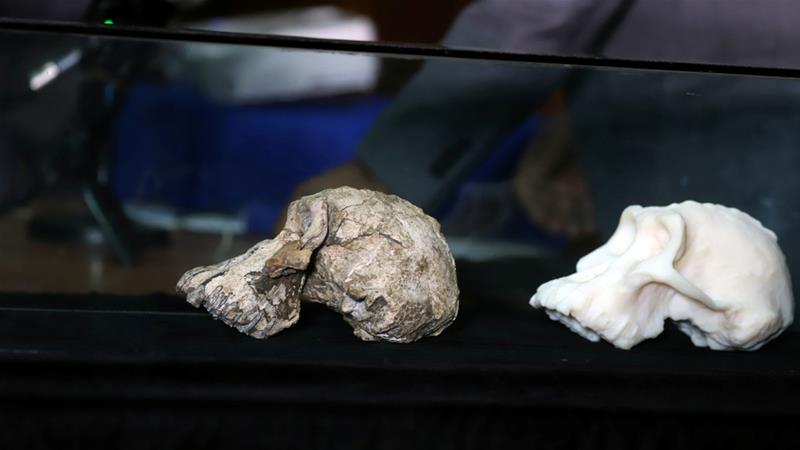
Skulls from the past are bouncing out at us. 3.8 million-year-old hominin skull has been found by the archeologists in Ethiopia.
It can change the proof of our acclaimed predecessors – Lucy. It is otherwise called Dinkinesh in Ethiopia. The species is known as Australopithecus afarensis. It was first found on November 24, 1974.
This disclosure gives researchers an unmistakable perspective on the essence of hominin. Highlights of the most recent discoveries recommend that Anamensis imparted the ancient Ethiopian scene to Lucy’s species for at any rate 100,000 years. This additionally proposes the hominin transformative tree was more confused than the researchers had suspected.
This species lived in East Africa for around 3-4 million years of age. Our species, ‘Homo Sapiens’ strength have likewise risen up out of it. It is additionally of the way that these species have risen up out of an officially existing one, A. anamensis, however, the two never existed simultaneously.

The skull was found at Woranso-Mille in Ethiopia. It has a place with A. anamensis and this reality is of eminent significance on the grounds that prior there were relatively few smidgens of proof of these species. The skull was found in two enormous pieces and the researchers see themselves as fortunate to have discovered this one.
Palaeoanthropologists at the University of California guarantee it too early to modify our comprehension of Lucy. Another researcher, Haile-Selassie, is of the proposal that two species existed together around a thousand million years prior.
This new fossil incorporates face and skull for the most part. It resembled a ‘blessing from heaven’ minute for the scientists. It is accepted that the A. anamensis is step by step changing over into A. Afarensis [Lucy] after some time.
This finding is of essential significance in understanding human advancement in the Pliocene arrange. It is an exceptional disclosure for the researchers just like the individuals since it leaves us pondering that there are still a few sections left unfamiliar.






